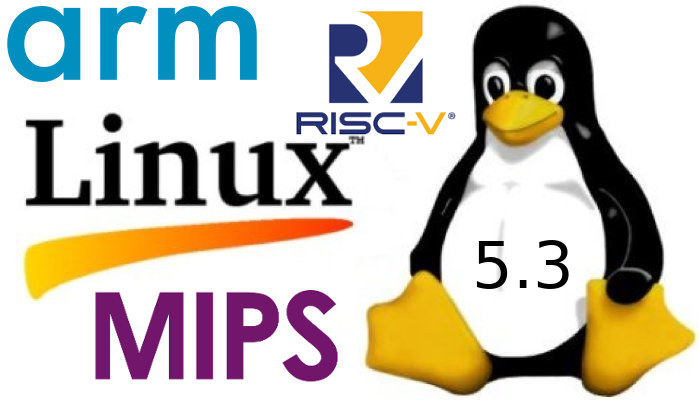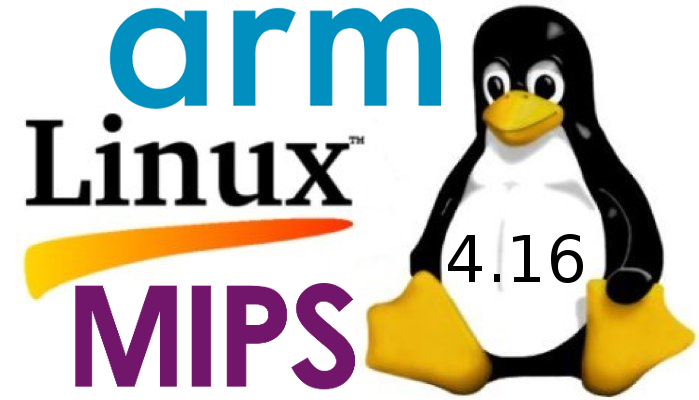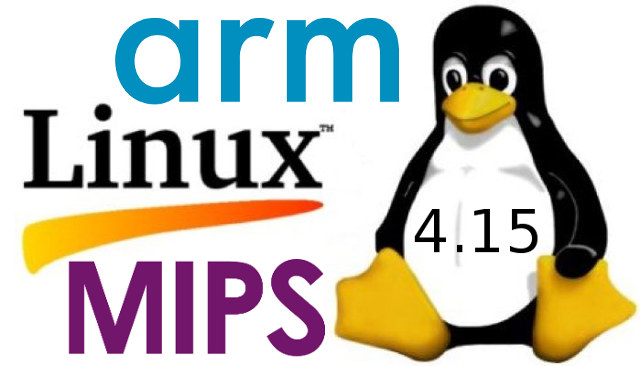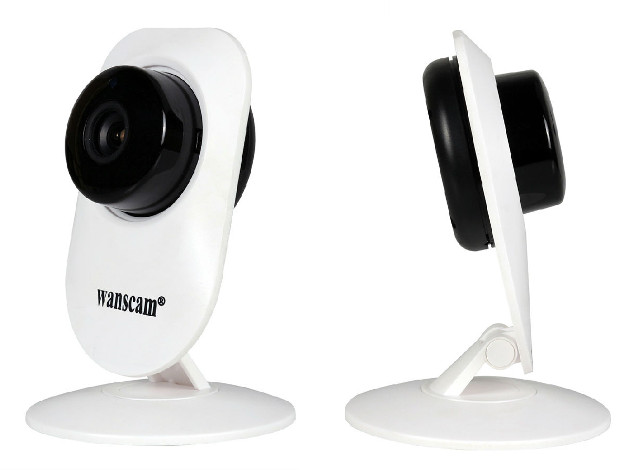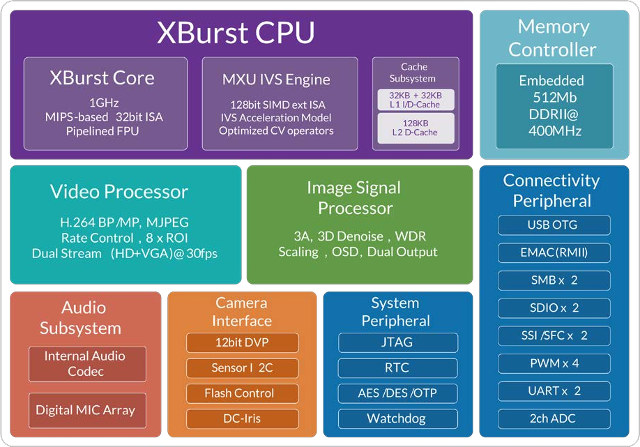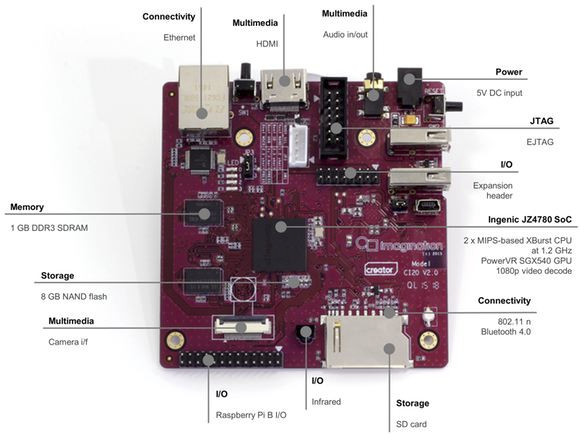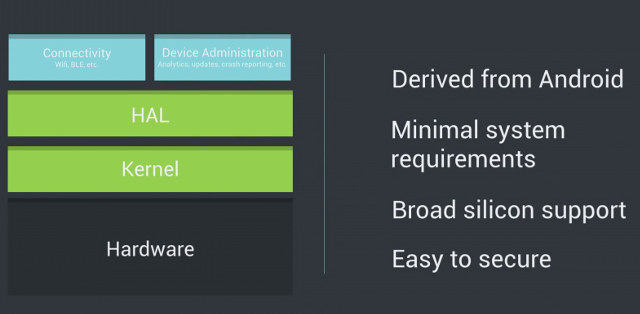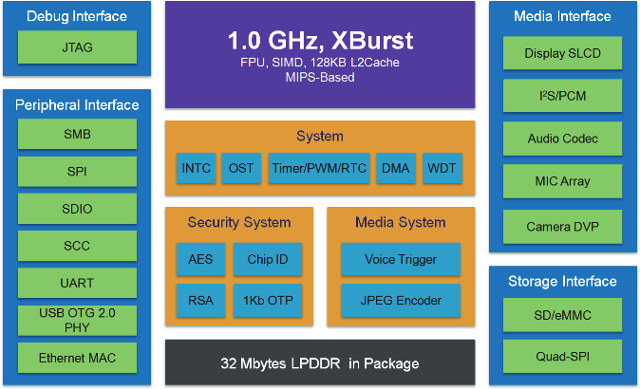Linus Torvalds has just announced the release of Linux 5.3: So we’ve had a fairly quiet last week, but I think it was good that we ended up having that extra week and the final rc8. Even if the reason for that extra week was my travel schedule rather than any pending issues, we ended up having a few good fixes come in, including some for some bad btrfs behavior. Yeah, there’s some unnecessary noise in there too (like the speling fixes), but we also had several last-minute reverts for things that caused issues. One _particularly_ last-minute revert is the top-most commit (ignoring the version change itself) done just before the release, and while it’s very annoying, it’s perhaps also instructive. What’s instructive about it is that I reverted a commit that wasn’t actually buggy. In fact, it was doing exactly what it set out to do, and did it […]
Linux 4.16 Release – Main Changes, Arm and MIPS Architectures
Linus Torvalds has just released Linux 4.16: So the take from final week of the 4.16 release looks a lot like rc7, in that about half of it is networking. If it wasn’t for that, it would all be very small and calm. We had a number of fixes and cleanups elsewhere, but none of it made me go “uhhuh, better let this soak for another week”. And davem didn’t think the networking was a reason to delay the release, so I’m not. End result: 4.16 is out, and the merge window for 4.17 is open and I’ll start doing pull requests tomorrow. Outside of networking, most of the last week was various arch fixlets (powerpc, arm, x86, arm64), some driver fixes (mainly scsi and rdma) and misc other noise (documentation, vm, perf). The appended shortlog gives an overview of the details (again, this is only the small stuff in […]
Linux 4.15 Release – Main Changes, Arm and MIPS Architectures
Linus Torvald has released Linux 4.15 last Sunday: After a release cycle that was unusual in so many (bad) ways, this last week was really pleasant. Quiet and small, and no last-minute panics, just small fixes for various issues. I never got a feeling that I’d need to extend things by yet another week, and 4.15 looks fine to me. Half the changes in the last week were misc driver stuff (gpu, input, networking) with the other half being a mix of networking, core kernel and arch updates (mainly x86). But all of it is tiny. So at least we had one good week. This obviously was not a pleasant release cycle, with the whole meltdown/spectre thing coming in in the middle of the cycle and not really gelling with our normal release cycle. The extra two weeks were obviously mainly due to that whole timing issue. Also, it is […]
Wanscam HW0026 720p IP Camera Goes for $9.99 (Promo)
Wanscam HW0026 is a 720p IP camera with night vision, motion detection, and ONVIF 2.1 support that was launched in 2015, although they seem to have updated the model since then. GearBest now has a promotion for the US version of the camera for just $9.99 shipped. The version with the EU plug is sold for $15 shipped without any deep discount. Wanscam HW0026 IP camera features and specifications: Camera 720P HD resolution, 1.0MP 1/4 inch CMOS sensor, 1 – 25fps adjustable frame rate 90 degree wide angle FOV, 3.6mm lens Supports 10 LEDs for night vision with infrared distance up to 10m Motion detection up to 10 – 15m Video – H.264 codec, AVI container, NTSC or PAL standard. Storage – micro SD card up to 64 GB Connectivity 802.11 b/g/n WiFi Protocols – DDNS, DHCP, FTP, LAN, P2P, RTSP, TCP, UPNP Audio – Built-in mic and speaker, supports […]
Ingenic T10 is a MIPS Based Video Processor for 720p Cameras
Ingenic has been designing MIPS based SoCs using their Xburst processor engine for several years, which are found in tablets, development boards, and wearables. The company has now launched T10 smart video processor based on the same MIPS32 processor but mobile camera, security survey, video talking, video analysis and so on with image resolution up to 1280×960 (datasheet says 1280×1024), and videos up to 720p30 or VGA @ 30fps. Ingenic T10 specifications: CPU – XBurst single core MIPS32 processor up to 1GHz with FPU, 32KB L1 I-cache, 32KB L1 D-cache, and 128KB L2 unified cache. Memory – Embedded DDRII@400Mhz up to 512Mbit Encoder engine -H.264 baseline, main profile; MJPEG/JPEG Baseline Encode Performance Max resolution 1280×960 Up to H.264 960p@40fps encode H.264 multiple streams 720p@30fps + VGA@30fps + JPEG@15fps 960p@30fps + VGA@30fps + JPEG@15fps ABR/VBR/CBR/CQP 8 ROIs (Regions of Interest) 5-layer OSD with hardware ISP AE, AWB (automatic white balance), AF […]
Two Contests for Makers with BeagleBone Green (ARM) and Creator CI20 (MIPS) Boards
I’ve noticed Hackster hardware community has helped organizing several challenges for makers, and the most two recent one are sponsored by Imagination Technologies with their Creator CI20 MIPS board, and SeeedStudio and Beagleboard.org with BeagleBone Green board. “Terminate the competition with Creator Ci20!” That’s the title for Imagination Technologies contest, who basically wants you to create our robot overloads using their MIPS board, or at least design a Terminator inspired robot or hack using the board. You’ll need to submit your idea by March 4, 2016, and the company will give 50 Creator Ci20 to the best 50 ideas, aftwer which you have until April 29, 2016 to complete your project, and write about it on Hackster with photos, code and schematics. Three winners will be selected by May 6, 2016 to get one of the three prizes: 1st place (worth $400) – A bag of Imagination-powered goodies, including a Meizu […]
Brillo Android based OS for IoT Projects Supports ARM, Intel and MIPS Platforms
You’d think there are already enough lightweight operating systems that could provide a good enough platform for IoT and embedded projects, but Google decided to make their own Brillo operating system for IoT, based on Android, most probably to leverage the existing Android tools, and make it easier for app developers to move to the Internet of Things space. Brillo ‘s hardware requirements are pretty low as the operating system can run on devices with 32MB of RAM, and 128MB of storage. Google will provide a complete ecosystem with an embedded OS, core services, and a developer kit with tools to build, test, and debug. Just like in Android, three architectures will be be officially supports, starting with the following hardware platforms: ARM – TechNexion Pico-i.MX6UL system-on-module based on Freescale i.MX6 UltraLite and Broadcom BCM4339 802.11ac + Bluetooth 4.0 wireless module, combined with PICO-DWARF baseboard. MIPS – Upcoming MIPS Creator […]
Ingenic X1000 MIPS Processor and X1000 Phoenix Board Target IoT and Embedded Applications
Ingenic is a Chinese SoC vendor that makes processors featuring their X-Burst cores based on MIPS architecture. Their JZ47 series can be found in tablets and development boards such a MIPS Creator CI20, while their M series, including Ingenic M200, are dedicated to wearables & IoT applications. The company has now launched X series starting with X1000 processor which include an audio codec, a Voice Trigger Engine (VTE) and 32MB RAM in package. Ingenic X1000 features: CPU Core – Ingenic MIPS XBurst 32-bit core up to 1.0 GHz, Double precision hardware float point unit, L1 cache 16KB/16KB, and L2 cache 128KB Security Core – On-chip security ROM and RAM, hardware AES and RSA, supports security boot and user customization Memory 32MB LPDDR in package Support 16-bit DDR2, DDR3 and LPDDR up to 512MB Support Quad-SPI NOR/NAND, eMMC, SDHC Display – 8-bit, 9-bit, 16-bit parallel interface SLCD up to 640×480@60Hz, 24 […]


